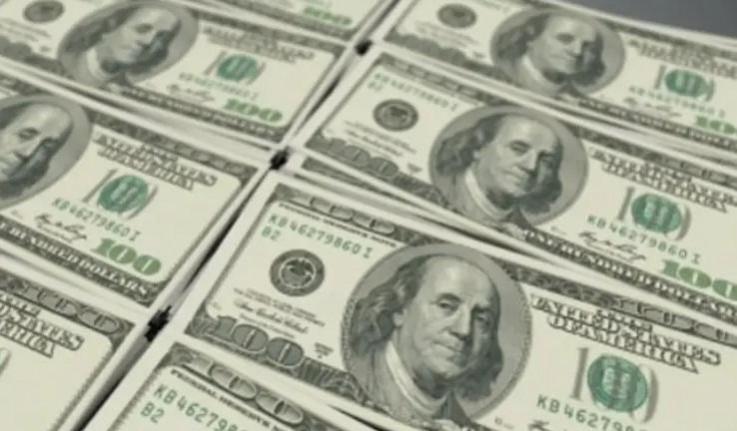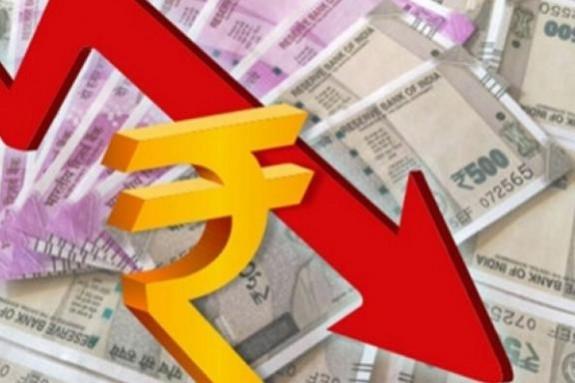
The Indian rupee dipped against the U.S. dollar on Friday, echoing a trend seen in other Asian currencies. Heightened worries over heavy U.S. tariffs imposed on Indian goods continued to impact investor sentiment negatively.
At 11:10 a.m. IST, the rupee was trading at 87.8000 against the U.S. dollar, a slight drop from the previous day's rate of 87.6250. While the currency experienced a decline, market analysts believe that the Reserve Bank of India (RBI) may step in to stabilize the rupee at its current levels.
Traders are closely watching the 87.80 level, which was Tuesday's high on the dollar/rupee pair, as the potential intervention point by the RBI. Beyond that, attention will shift to the all-time high of 87.95, according to a currency trader associated with a Mumbai-based bank. Factors like importer hedging activities, equity outflows, and speculative movements are contributing to the pressure on the rupee. Foreign investors have withdrawn over $1 billion from Indian equities in the recent two trading sessions.

Not only domestic factors, but the weakness in other Asian currencies like the Chinese yuan and Japanese yen has further impacted the rupee's performance. These regional currencies were down by 0.2% to 0.7% ahead of the release of the U.S. personal consumption expenditures (PCE) data scheduled later in the day.
Market participants are awaiting the core PCE index results, which is considered the Federal Reserve's preferred measurement of inflation and will guide the number of interest rate cuts by the central bank this year. Currently, traders have priced in an 86% probability of a rate reduction from the Fed in September.
As global economic uncertainties continue to prevail, the Indian rupee faces multiple headwinds that may influence its future trajectory against the U.S. dollar. Investors are closely monitoring developments in both domestic and international markets to assess the impact on currency movements.

















